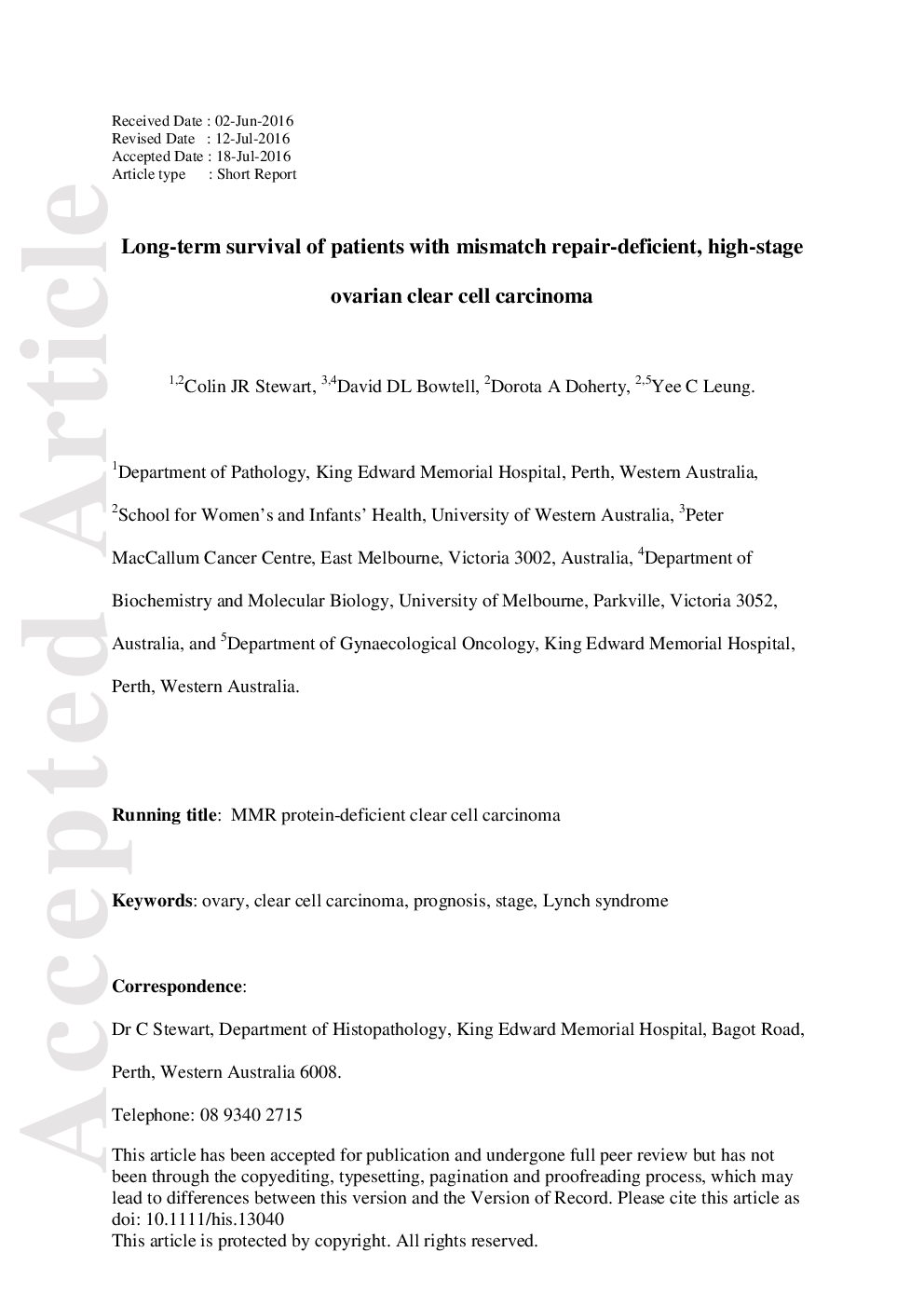| Article ID | Journal | Published Year | Pages | File Type |
|---|---|---|---|---|
| 5882964 | Clinical Lymphoma Myeloma and Leukemia | 2014 | 13 Pages |
Abstract
Exposure to ionizing radiation is a known environmental risk factor for a variety of cancers including hematological malignancies, such as leukemia, myelodysplastic syndromes, and multiple myeloma. Therefore, for Hiroshima and Nagasaki atomic bomb survivors (surviving victims who were exposed to ionizing radiation emitted from the nuclear weapons), several cancer-screening tests have been provided annually, with government support, to detect the early stage of malignancies. An M-protein screening test has been used to detect multiple myeloma at an early stage among atomic bomb survivors. In the screening process, a number of patients with monoclonal gammopathy of undetermined significance (MGUS), in addition to multiple myeloma, have been identified. In 2009 and 2011, we reported the age- and sex-specific prevalence of MGUS between 1988 and 2004 and the possible role of radiation exposure in the development of MGUS using the screening data of more than 1000 patients with MGUS among approximately 52,000 Nagasaki atomic bomb survivors. The findings included: (1) a significant lower overall prevalence (2.1%) than that observed in Caucasian or African-origin populations; (2) a significantly higher prevalence in men than in women; (3) an age-related increase in the prevalence; (4) a significantly higher prevalence in people exposed to higher radiation doses only among those exposed at age 20 years or younger; and (5) a lower frequency of immunoglobulin M MGUS in Japanese patients than in patients in Western countries. The large study of MGUS among Nagasaki atomic bomb survivors has provided important findings for the etiology of MGUS, including a possible role of radiation exposure on the cause of MGUS and an ethnicity-related difference in the characteristics of MGUS.
Related Topics
Health Sciences
Medicine and Dentistry
Anesthesiology and Pain Medicine
Authors
Masako Iwanaga, Masao Tomonaga,
